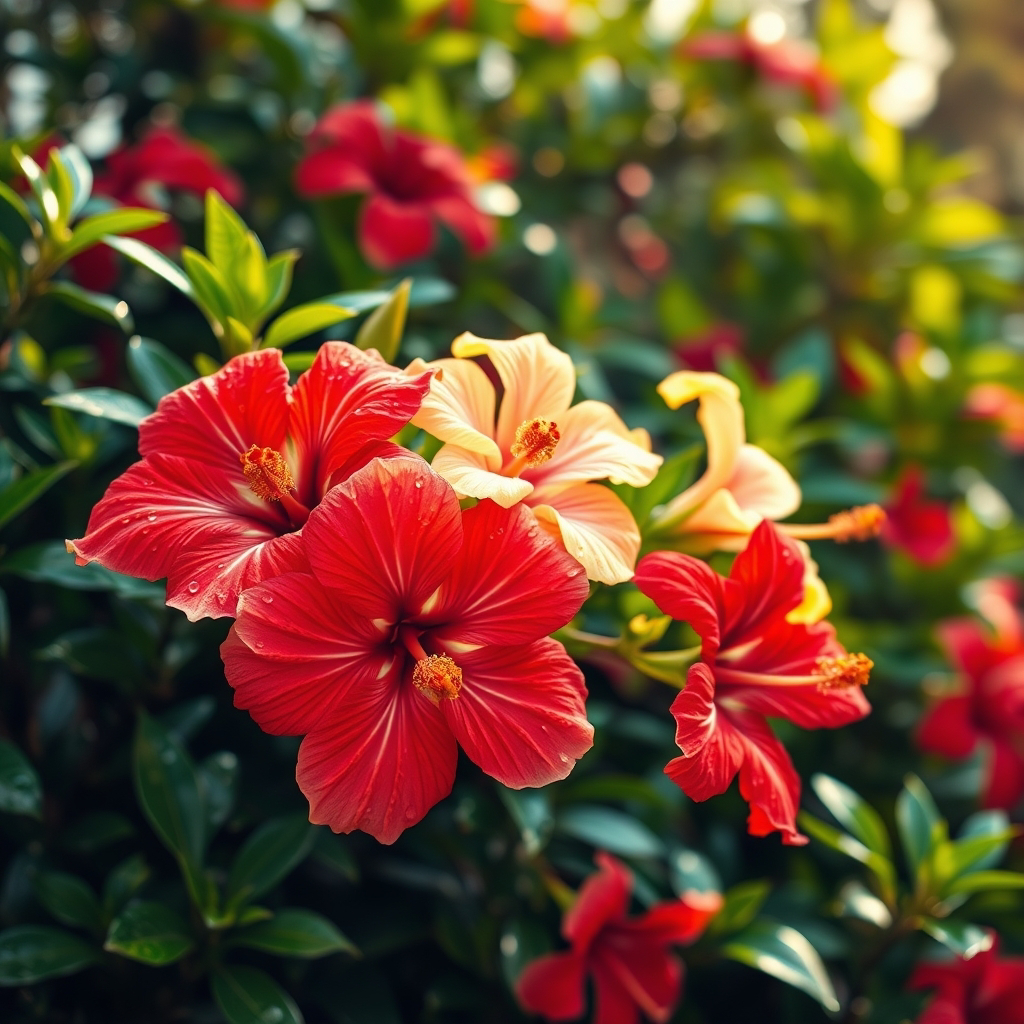Saffron, often dubbed the “red gold,” is one of the most luxurious and expensive spices in the world. Derived from the stigmas of the Crocus sativus flower, saffron has been treasured for centuries for its vibrant color, unique aroma, and medicinal properties. Beyond its culinary uses, saffron offers a host of health benefits that make it a valuable addition to your wellness routine.
Health Benefits of Saffron
Rich in Antioxidants
Saffron contains several plant compounds, including crocin, crocetin, safranal, and kaempferol, which act as antioxidants. These compounds help neutralize harmful free radicals, reducing oxidative stress and lowering the risk of chronic diseases.
Mood Enhancement and Antidepressant Properties
Studies suggest that saffron may help improve mood and alleviate symptoms of depression and anxiety. It is believed to increase the levels of serotonin, a neurotransmitter associated with happiness and well-being.
Supports Eye Health
The antioxidants in saffron, particularly crocin, have been linked to improved vision and protection against age-related macular degeneration (AMD). Regular consumption may promote eye health and visual acuity.
Anti-Inflammatory and Pain Relief
Saffron’s bioactive compounds possess anti-inflammatory properties, which can help reduce inflammation and alleviate pain associated with conditions like arthritis.
Enhances Cognitive Function
Preliminary research indicates that saffron may support memory and cognitive function, making it a potential natural remedy for neurodegenerative diseases like Alzheimer’s.
Aid in Weight Loss and Appetite Control
Some studies suggest that saffron can help suppress appetite and reduce snacking, aiding in weight management.
Culinary Uses of Saffron
Saffron’s unique flavor—earthy, floral, and slightly sweet—makes it a prized ingredient in various cuisines, especially in Mediterranean, Middle Eastern, Indian, and North African dishes. It is traditionally used in:
Risottos (e.g., Risotto alla Milanese)
Paellas
Saffron-infused teas and milk
Biryani and pilafs
Sweets like saffron-infused ice cream and puddings
Simple Saffron Recipes
1. Saffron Infused Milk (Warm and Comforting)
Ingredients:
1 cup milk (dairy or plant-based)
A pinch of saffron threads
1 teaspoon honey or sugar (optional)
Instructions:
Warm the milk in a saucepan over low heat.
Add saffron threads and simmer gently for 5-10 minutes.
Stir in honey or sugar if desired.
Serve warm as a soothing drink.
2. Saffron Risotto
Ingredients:
1 ½ cups Arborio rice
4 cups vegetable or chicken broth
A pinch of saffron threads
1 small onion, finely chopped
2 tablespoons olive oil or butter
½ cup grated Parmesan cheese
Salt and pepper to taste
Instructions:
Warm the broth and add saffron threads, letting them steep.
In a separate pan, sauté onions in olive oil or butter until translucent.
Add rice and cook for 2 minutes, stirring constantly.
Slowly add the hot saffron-infused broth, one ladleful at a time, stirring until absorbed before adding more.
Continue until rice is creamy and tender.
Stir in Parmesan, salt, and pepper. Serve hot.
3. Saffron and Cardamom Tea
Ingredients:
2 cups water
A few saffron threads
2 green cardamom pods, crushed
Honey or sugar to taste
Instructions:
Bring water to a boil.
Add saffron and cardamom.
Reduce heat and simmer for 5 minutes.
Strain into cups and sweeten as desired.
Resources and Where to Find Saffron
Quality Saffron Brands:* Look for reputable brands such as *Zaffran, The Saffron Store, or Oriana to ensure purity and potency.
Local Markets:** Many Middle Eastern, Indian, and Mediterranean markets carry high-quality saffron.
Online Retailers:** Amazon, Mountain Rose Herbs, and specialty spice shops offer a variety of saffron options, including organic and wild-crafted varieties.
Final Thoughts
Incorporating saffron into your diet not only elevates your culinary creations but also offers a range of health benefits backed by scientific research. Remember to use saffron sparingly—its potent flavor and cost mean a little goes a long way. Whether brewed into teas, infused into rice dishes, or added to desserts, saffron’s golden hue and myriad health perks make it a truly valuable spice.
Disclaimer: If you are pregnant, nursing, or have health conditions, consult your healthcare provider before adding saffron supplements or large quantities to your diet.
Sources & Further Reading:
National Center for Complementary and Integrative Health (NCCIH)
Journal of Ethnopharmacology
Harvard Health Publishing
Books: The Spice Lover’s Guide to Herbs and Spices by Tony Hillerman
Enjoy the golden touch of saffron in your kitchen and experience its wonderful health benefits!














